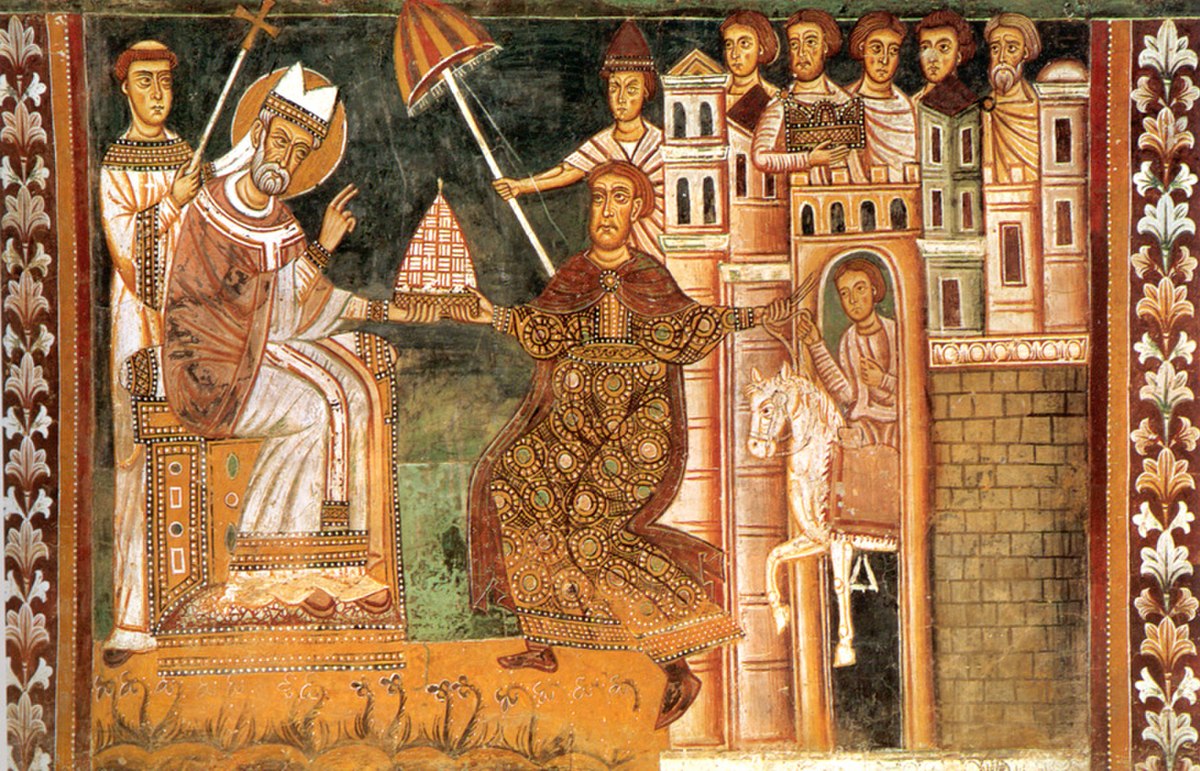
Christianity as Roman state religion
Thessalonica, GreeceOn 27 February 380, with the Edict of Thessalonica put forth under Theodosius I, Gratian, and Valentinian II, the Roman Empire officially adopted Trinitarian Christianity as its state religion. Prior to this date, Constantius II and Valens had personally favoured Arian or Semi-Arian forms of Christianity, but Valens' successor Theodosius I supported the Trinitarian doctrine as expounded in the Nicene Creed.
After its establishment, the Church adopted the same organisational boundaries as the Empire: geographical provinces, called dioceses, corresponding to imperial government territorial divisions. The bishops, who were located in major urban centres as in pre-legalisation tradition, thus oversaw each diocese. The bishop's location was his "seat", or "see". Among the sees, five came to hold special eminence: Rome, Constantinople, Jerusalem, Antioch, and Alexandria. The prestige of most of these sees depended in part on their apostolic founders, from whom the bishops were therefore the spiritual successors. Though the bishop of Rome was still held to be the First among equals, Constantinople was second in precedence as the new capital of the empire.
Theodosius I decreed that others not believing in the preserved "faithful tradition", such as the Trinity, were to be considered to be practitioners of illegal heresy, and in 385, this resulted in the first case of the state, not Church, infliction of capital punishment on a heretic, namely Priscillian.
